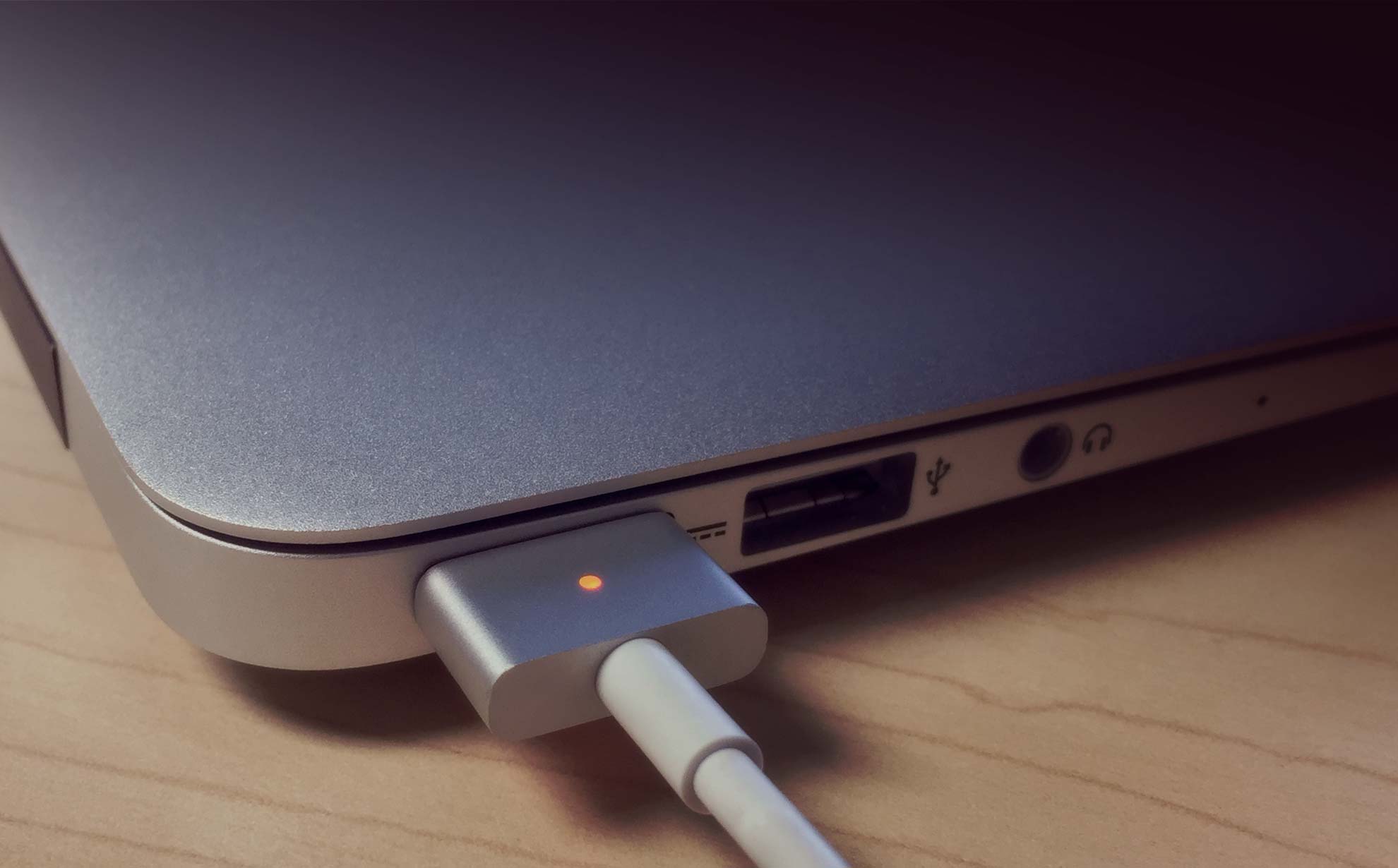
TESTING MAC MINI POWER SUPPLY 2012 UPDATE
The 2014 update to the Mac Mini may not be the high-end makeover hobbyists and power users were hoping for, but it's still the least expensive way to get an OS X computer, even if there are some strings attached.Īmong recent small form factor desktops, if you're interested in gaming, check out the Alienware Alpha if you want enough storage for a solid home theater PC, but don't want to add $250 for a hard drive upgrade, check out the $479 build of the HP Pavilion Mini. Making for an interesting comparison is the Alienware Alpha, a similarly priced small desktop from Dell that combines a Core i3 CPU and custom Nvidia graphics card for great gaming performance (if not much else of note) for $499.

Upgraded Mac Mini configurations use Intel Iris graphics, which are only marginally better in our experience, but that could help a bit. Tomb Raider, a recent game with a well-done Mac version, ran at only 13.2 frames per second at 1,920x1,080 resolution and medium detail settings. Gaming is about as good as it is on a current MacBook Air, which is to say, not very.
TESTING MAC MINI POWER SUPPLY 2012 SOFTWARE
We loaded up Logic Pro, Apple's high-end professional music creation suite, and were able run through some demos, but keep in mind that the software plugins that are at the heart of that program are very CPU dependent, and you'll eventually hit a brick wall if you stack too many together. In practical terms, basic Photoshop and webpage building worked smoothly, as did office and productivity applications.

That means the Mac Mini is nearly as powerful as Apple computers that cost twice as much. That's because all three of those Macs are built around similar components, although the iMac has twice the RAM and the MacBook has a faster solid-state hard drive. The Mac Mini also performed roughly on par with both the current 13-inch MacBook Air and the 21.5-inch entry level iMac all-in-one desktop. Note that our Pavilion Mini was a $479 configuration with an upgraded CPU and hard drive, rather than the $319 base model, making for a closer price-to-spec comparison. Both the Alienware and HP models have Core i3 processors, but offer other extras, such as the custom graphics card in the Alpha (which led to a much better gaming frame rate score) and the larger 1TB hard drive in the Pavilion Mini. The Mac Mini performed competitively with the two other small desktops in the same price range we tested recently, the Alienware Alpha and the HP Pavilion Mini, trading first place between them in multitasking and single-app tests, but not blowing each other out of the water. And they're not cheap: a simple jump from the base 4GB to 8GB is an extra $100, and adding a 1TB Fusion drive (with both SSD and HDD hardware) costs $250 over the slower 5400rpm 500GB hard drive in the least-expensive configuration. Instead, you need to plan your upgrades at the time of purchase. In other words: no more post-purchase upgrades. The late 2014 update adds dual Thunderbolt ports and faster 802.11ac Wi-Fi (as found on the rest of the current Mac line), but the RAM, which was previously user-accessible, is now permanently soldered to the motherboard. But if you go back to the last major Mac Mini update from 2012, you'll find quad-core Core i7 chips, a more powerful option now missing. Two more-expensive base configurations include faster Core i5 CPUs, with a dual-core Core i7 as a extra-cost add-on on top of that.

The processor in the $499 model (£399 in the UK and AU$619 in Australia) is a dual-core, low-voltage fourth-generation Intel Core i5. But, underneath the matte aluminum chassis, there are a few areas where the current iteration of the Mac Mini may not work for you.


 0 kommentar(er)
0 kommentar(er)
